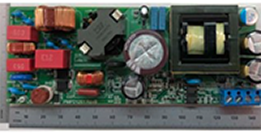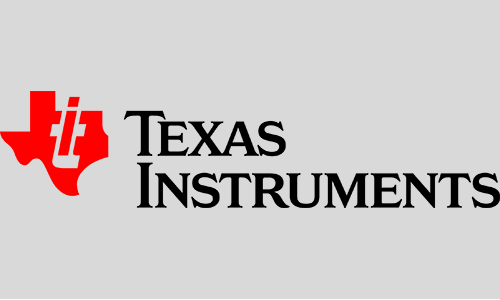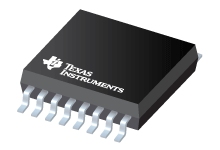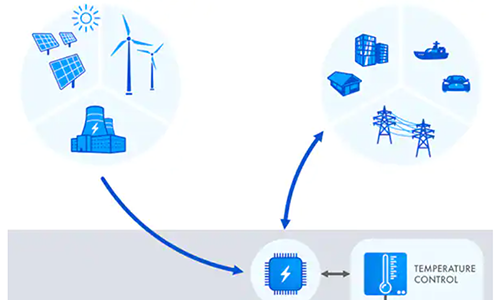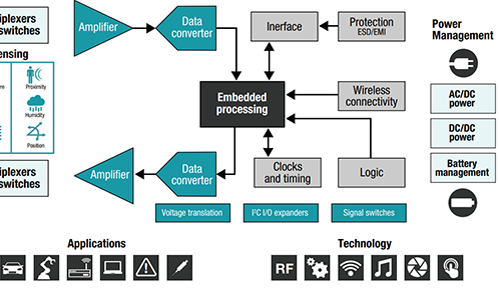This gallery is part ofTechXchange:Chip Shortages and Counterfeits
The global chip shortage has plagued the electronics industry for most of the year, wreaking havoc on the auto industry before cascading into other sectors, such as consumer electronics, where even Apple has started to feel the pain.
The main culprit has been the lack of front-end production capacity at foundries. While contract chip suppliers are investing aggressively in fabs to turn things around, it can take a long time to increase the industry’s output.
But other parts of the supply chain have also emerged as bottlenecks. Shortages persist in blank silicon wafers that are processed and diced into chips. There are also supply constraints for substrates, chemicals, and resins used in chip packages. A shortage of capacity for back-end assembly and testing, compounded by snags in the supply chain, has also become a chokepoint. All these factors are leading to higher costs and longer lead times.
“Like wafer fab capacity, there is a need for expanded packaging capacity. However, the margins in assembly and test are a fraction of those in wafer fabs, so there is more hesitation to add capacity speculatively. There also is a shortage of assembly equipment, with some lead times increasing" to more than three months, said Mark Fulthorpe, automotive analyst at IHS Markit. The chip shortage is not expected to end until at least 2022.
In this gallery, we look at some areas of the supply chain outside foundries dragging out the chip shortage. Check back in onElectronic Designin the future as we follow up on many of these topics.




